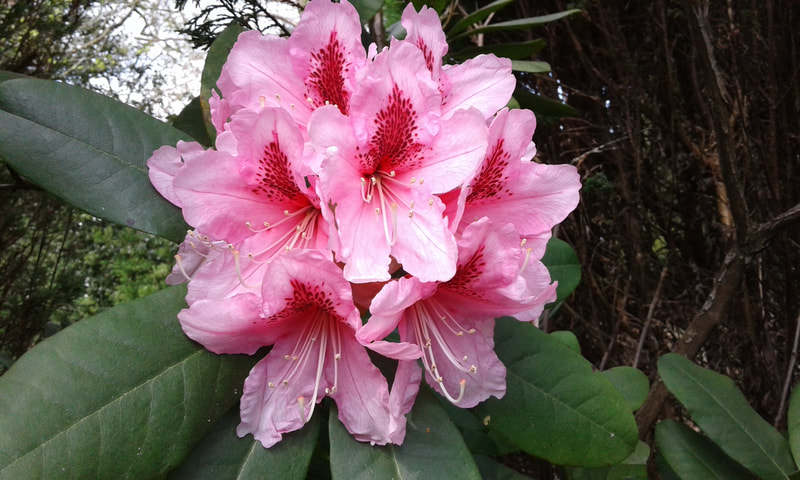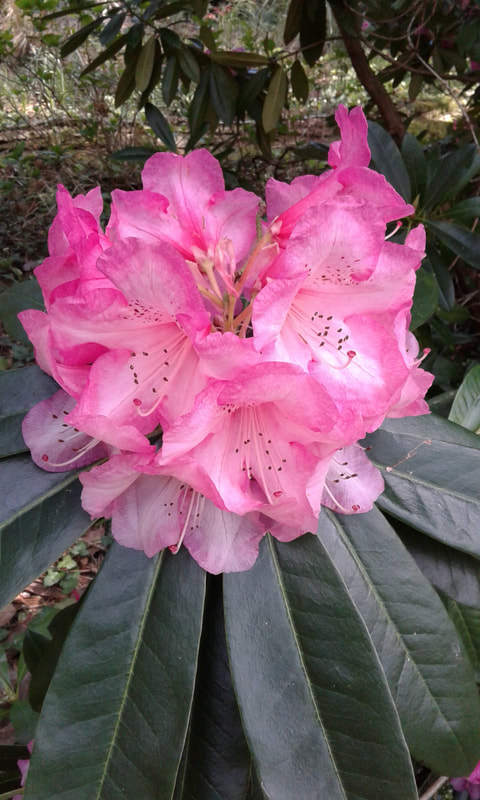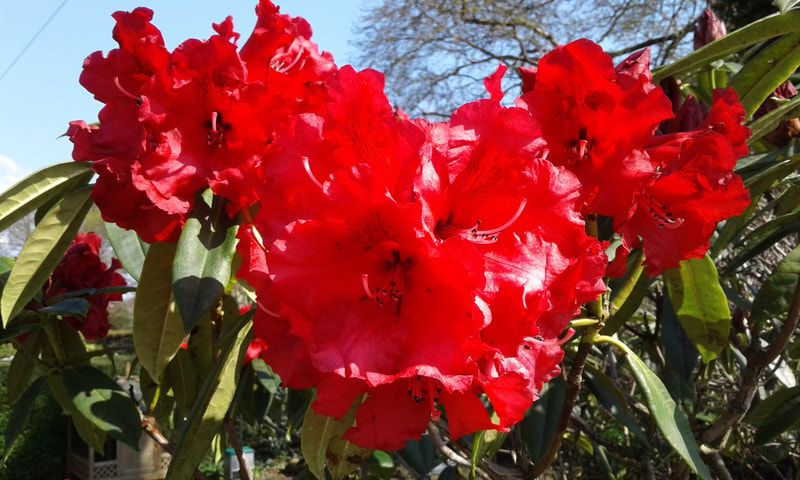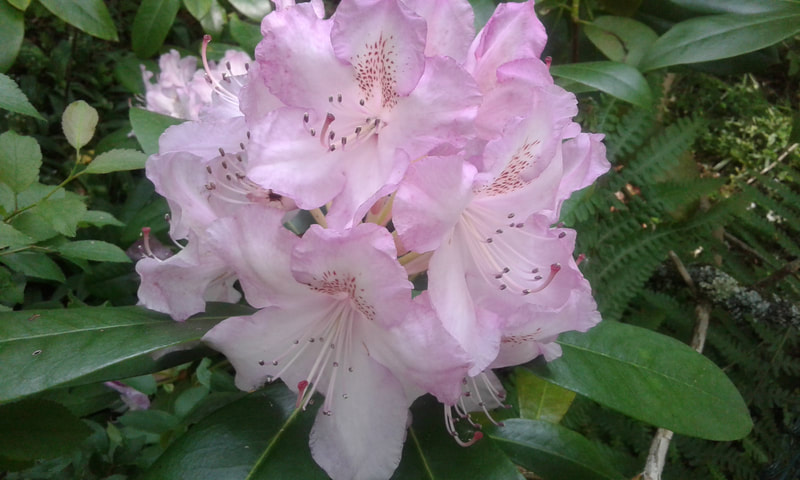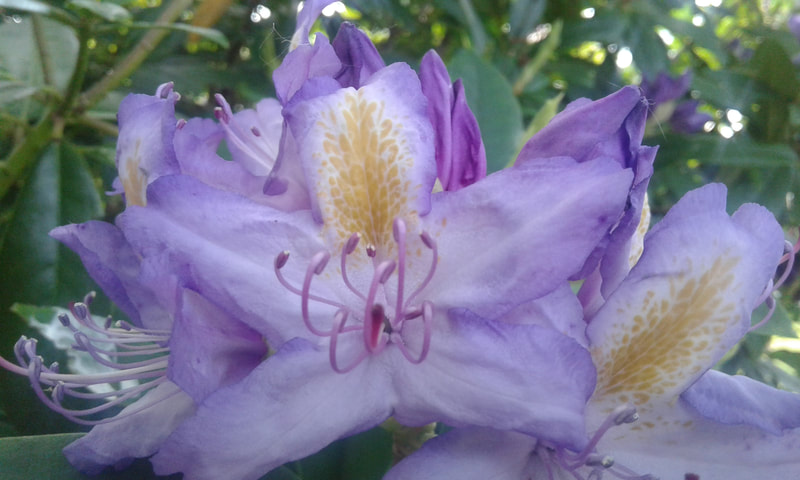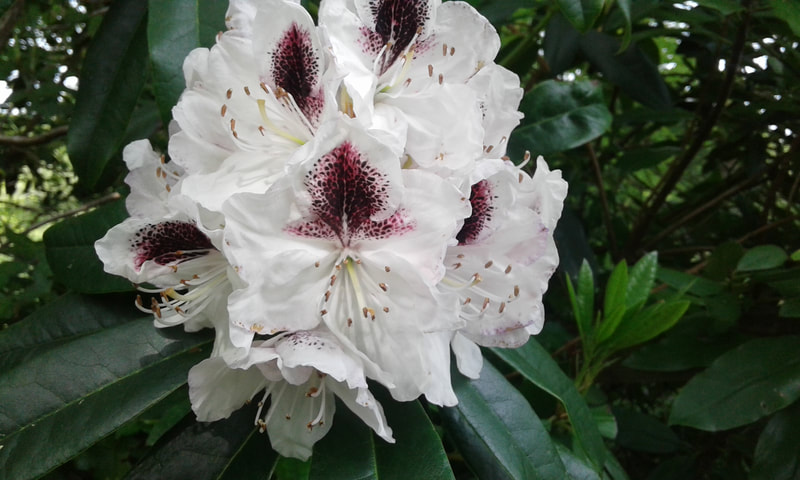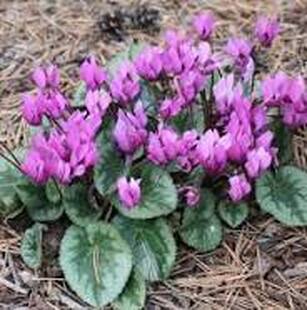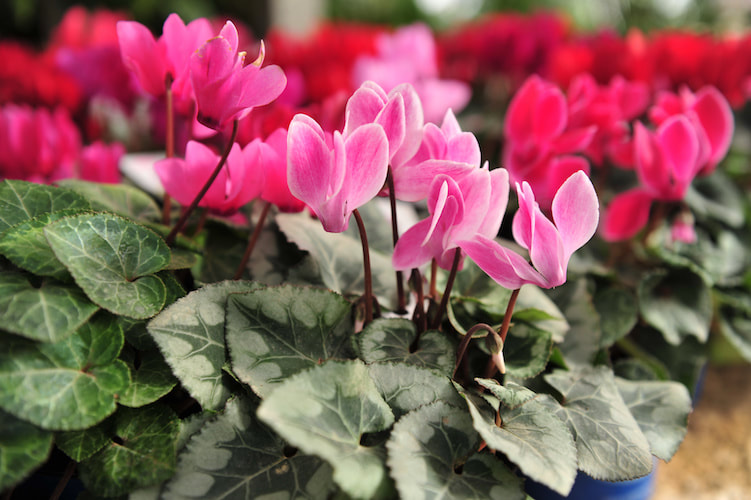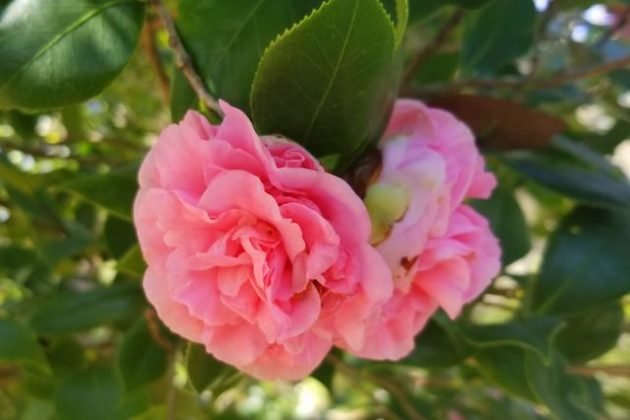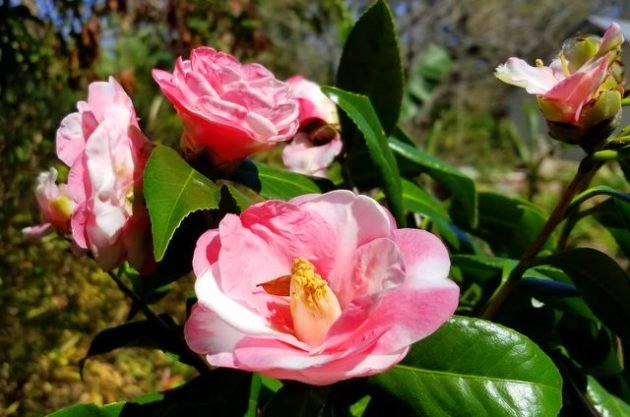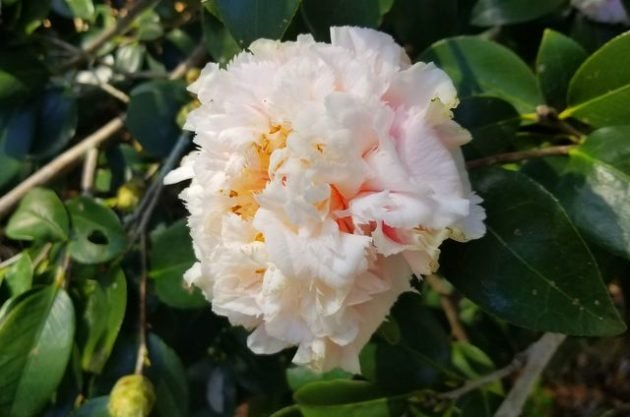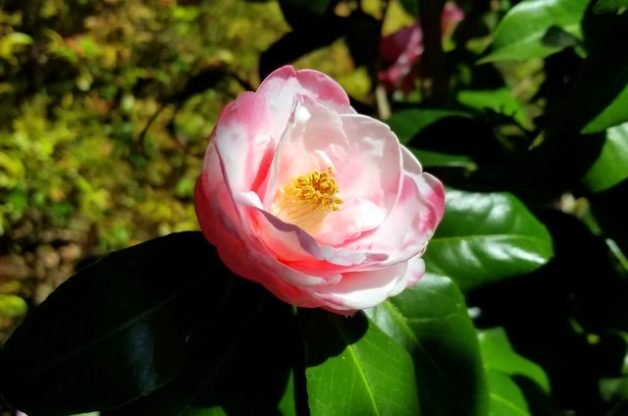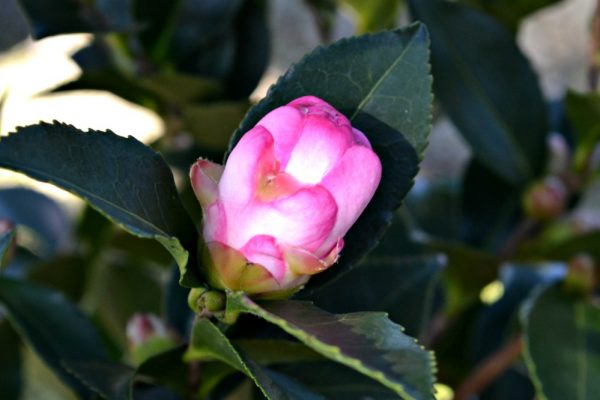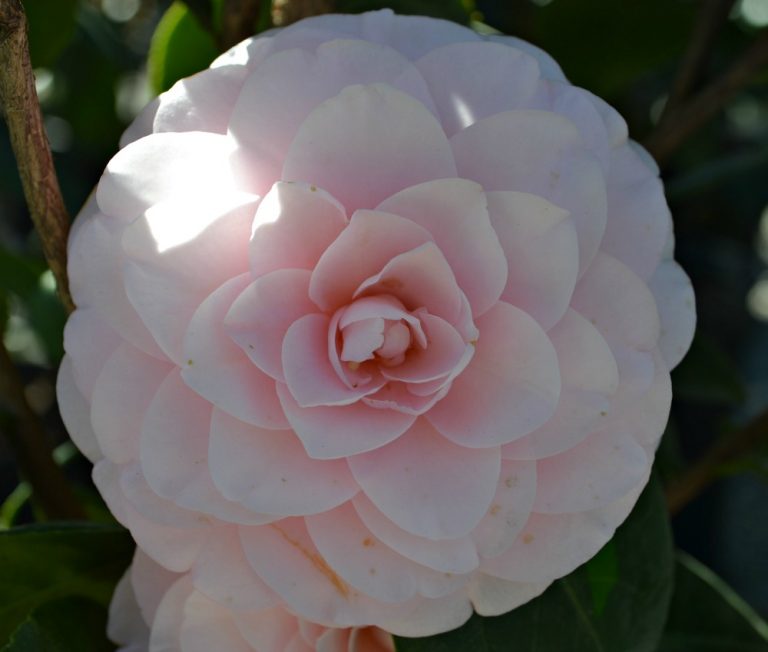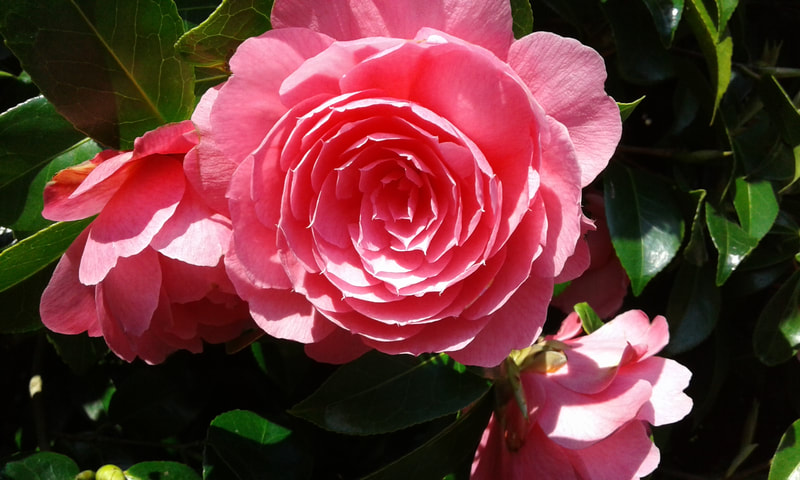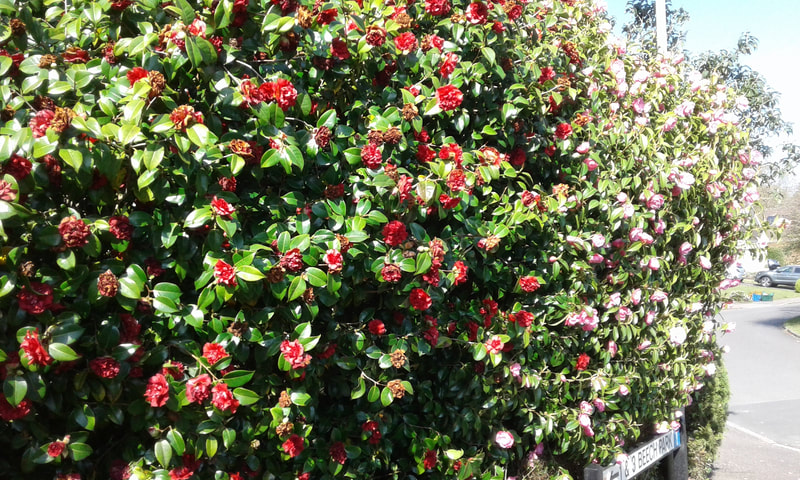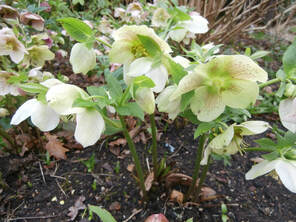A selection of plants and seasonal tips
Rhododendrons
|
Rhododendrons originate mainly from the Himalayas where about 600 different rhododendron species can be found. The larger species grow at lower altitudes with small leaf and dwarf varieties higher up.
Rhododendrons need moist but well-drained, acid soil that is rich in organic matter. Rhododendrons grow best in areas of high rainfall and prefer soft rainwater to tap water although they will tolerate watering with a hose for short periods in the summer. Choose a site with dappled shade in sheltered conditions. Avoid deep shade beneath other trees. Most rhododendrons will tolerate a more open site if sheltered from cold, drying winds. Dwarf alpine species will tolerate full sun provided the soil does not dry out. Avoid frost pockets and sites exposed to early morning sun. Feed in spring with ericaceous fertiliser preferably in cool, moist conditions. Rhododendrons don’t require much pruning other than deadheading if possible and removal of dead wood. Many rhododendrons respond well to hard cutting back, best with deciduous azaleas and rough-barked rhododendrons rather than from smooth-barked types. After cutting back, mulch, feed if soil conditions are poor, and keep well-watered to encourage new growth |
Acer Brilliantissimum
|
|
Acer pseudoplatanus 'Brilliantissimum' is a small Sycamore tree, popular for its salmon pink young foliage in spring which turns yellow, before dark green in the late summer. It has greenish yellow flowers in spring and winged red fruit in the autumn. We moved in three years ago and were surprised at the colours of the leaves of this tree which is quite a focal piece in our garden. Alison |
Camellias
|
Camellias are actually native to southeast Asia. They’re part of a large genus (Camellia), whose most famous member is one that’s regularly drank as tea around the world. C. sinensis flowers may be insignificant, but the leaves are grown and harvested to make tea of all kinds.
The beloved flowering varieties are more common in gardens. Most are either forms of C. japonica or C. sasanqua, or a hybridized variety. It’s important to know the species type, since C. sasanqua blooms in mid-autumn to early winter, while C. japonica flowers from mid-winter through early spring. Hybrids can fall into either category, so be sure to read up on the plant information before buying. Both species have been cultivated into many hundreds of varieties, offering a huge array of flower colors and types, growth habits, fragrances, and more. There are choices to suit nearly any garden. Bear in mind that camellias are not particularly hardy, and can’t withstand very cold winters. Camellias thrive well in containers that can be moved outdoors in summer, then move them into the house to enjoy their blooms in the autumn and winter months. Our slightly acidic, sandy soil in West Hill is ideal and therefore we enjoy many splendid specimen plants in our gardens. |
Hellebores
To enjoy attractive foliage, as well as flowers, consider growing Helleborus argutifolius, Helleborus × ericsmithii, Helleborus foetidus, Helleborus × nigercors and Helleborus × sternii. They usually enjoy the sun for at least part of the day, but Helleborus foetidus will grow in deeper shade. These tend to be short-lived, but removing of the stems once the flowers fade in spring will encourage new growth.
elleborus niger (Christmas rose) might be the best known hellebore, but it can be difficult to grow well in the garden as it needs excellent winter drainage. Helleborus lividus forms a neat plant with bluish-green marbled leaves, but it does not cope well with winter cold and wet. So, for similar foliage display, consider the more robust Helleborus × sternii. Enthusiasts enjoy the delicate beauty of deciduous Helleborus thibetanus, which dislikes wet conditions when dormant from late summer to early spring.
elleborus niger (Christmas rose) might be the best known hellebore, but it can be difficult to grow well in the garden as it needs excellent winter drainage. Helleborus lividus forms a neat plant with bluish-green marbled leaves, but it does not cope well with winter cold and wet. So, for similar foliage display, consider the more robust Helleborus × sternii. Enthusiasts enjoy the delicate beauty of deciduous Helleborus thibetanus, which dislikes wet conditions when dormant from late summer to early spring.
